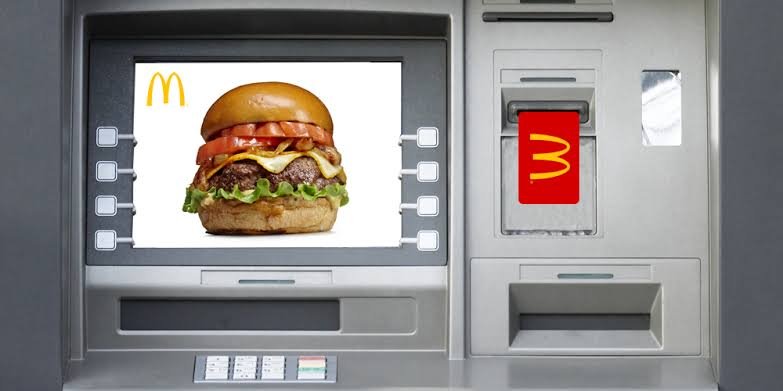Inside BENEO’s new pulse plant: pioneering sustainable protein from faba beans
Food ATMs have come across as an innovative and effective way to combat this problem of World Hunger
Access to resources has always been entitled to a part of the population. While there has been a sharp hike in agricultural production, millions still go hungry to bed. Every third malnourished child is Indian. Yet, India annually wastes almost 67 million tons of food.
Food ATMs have come across as an innovative and effective way to combat this problem of World Hunger. Recent attempts in India have proven Food ATMs to be a successful concept, solving both sides of the problem in a simplistic and easy-to-achieve manner.
The idea of Food ATMs came forth after Stef Minteins, a Doctor and Herbalist from Ghent, Belgium set up a community fridge. Minteins credited his idea to a picture of a board on a cupboard in Saudi Arabia saying, “People who didn’t have a lot to live on could take leftovers.” Inspired by the move, another man in Spain set up a ‘solidarity fridge’ filled with unused leftover food from public events and homes.
Soon refrigerators with a transparent door placed in public locations started showing up around the world. Stationed by local or crowdsourced organizations, these refrigerators can be accessed by anyone from the society. The people who are in need of food can get themselves a meal, while the ones with extra food can fill the fridge with donated food. The quality of the food is usually checked by a food safety officer assigned by the installing organization. Mutual trust in society is the key feature behind the working of Food ATMs.
In India, the concept of Food ATMs first turned into reality in March 2016. Minu Pauline, the owner of Pappadavada (a popular restaurant in Kochi) installed a community fridge called ‘Nanma Maram’ (Virtue Tree) under a Konna tree. Minu requested individuals, party makers, event managers, and restaurant owners to deposit neatly packed, fresh, edible leftover food in the refrigerator. The aim of the endeavor was to simultaneously, balance the tilted resource allocation platform and douse the hunger of several people.
Soon the idea became even more popular when the Mar Gregorious Orthodox Church of Delhi set up a similar community fridge in May 2016. The Fridge which is located in the Janakpuri serves sandwiches, fresh fruits, and cold water in summers.
In 2017, the co-owner of Sanjha Chulha, a restaurant in Kolkata adopted the idea and set up two Food ATMs in the city laden with leftovers from the restaurant’s kitchen to feed the poor & needy. Another Food ATM was set up in Surat by the Lions Club, outside Rupa Hotel. After the success of the first Food ATM the club pledged to set up 10 such ATMs in different locations of the City. An NGO, Feeding
India under a similar initiative called ‘Happy Fridge’ placed a refrigerator at Station Bazaar, Bhubaneswar. Residents of Sun City, a society in Gurugram, embraced the idea of Food ATMs by installing one near the entrance of the apartment. Recently, this year, Odisha’s Municipal Corporation along with a local organization established two Food ATMs in the cities of Kuchinda and Sambalpur. In the four years since it was first set up in Kochi, the community fridges have filled the stomach of thousands of hungry souls.
The placard on the Kolkata Food ATM reads, ‘The amount of food India wastes annually is enough to feed entire Egypt for a year.’ It throws light on the fact that Food ATMs do not just help eradicate hunger but also to trim food wastage. So far all the attempted efforts seem to be giving positive results. If the idea evolves successfully, it might be a stepping stone in society’s quest for humanitarian solutions to complex problems like hunger and resource allocation.
Ashwin Bhadri, CEO, Equinox Labs

